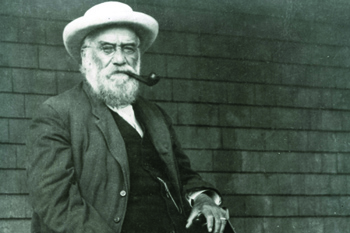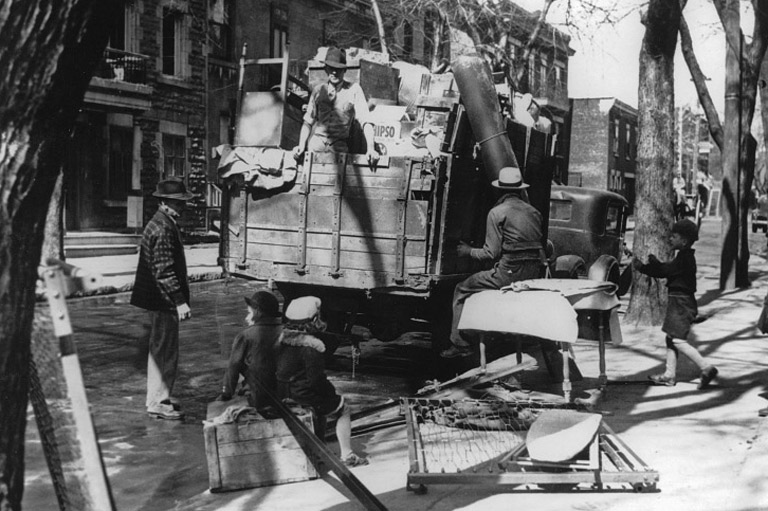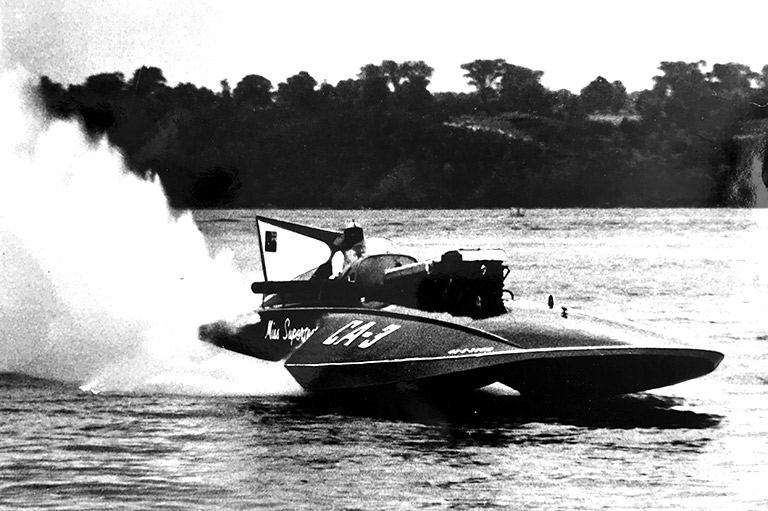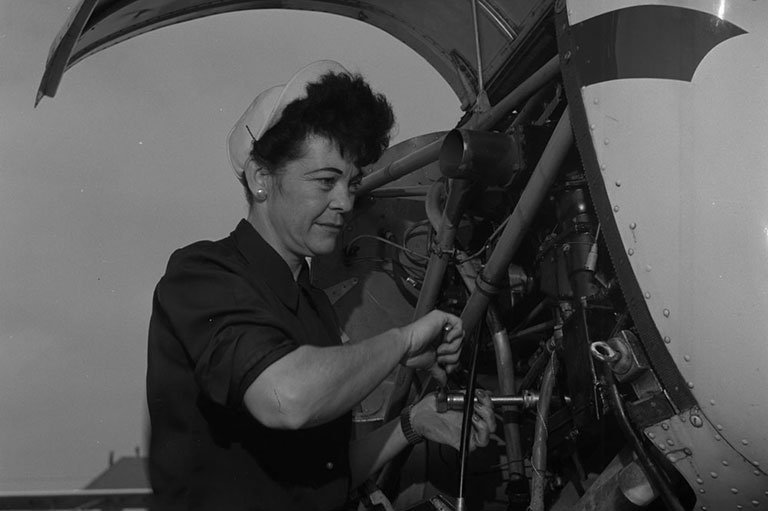History Spotlight: Canada’s First Railway
On July 21, 1836, cheers filled the air as a wood-burning steam locomotive chugged out of La Prairie, Quebec, pulling the first train on the first public railroad in Canada.
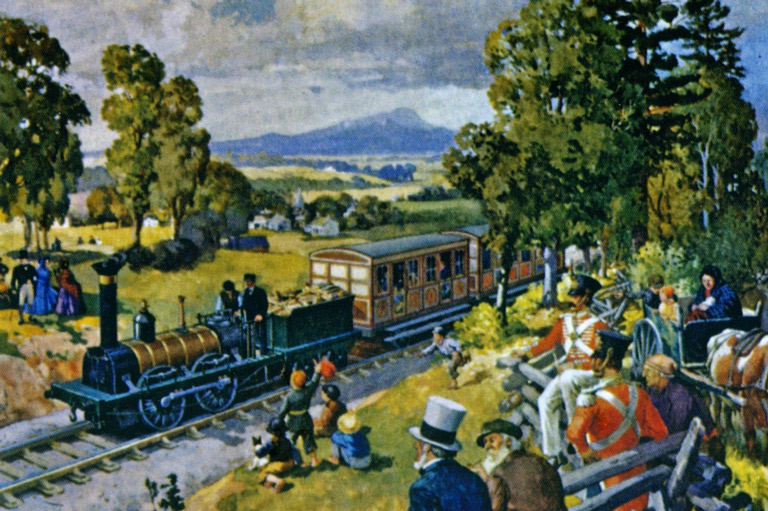
Construction for the twenty-five-kilometre line began January 1835 and ran between La Prairie on the St. Lawrence River and Saint-Jean (then called St. John) on the Richelieu River. It served as a way for those travelling between Montreal and New York to avoid a bumpy stagecoach journey that bypassed a series of difficult rapids on the Richelieu. At Saint-Jean, passengers transferred to a steamer that carried them south to New York City via Lake Champlain and the Hudson River.
Rail travel was still very new. The world’s first intercity rail line had opened just six years earlier in England, connecting Liverpool and Manchester. The early rails were made of wood topped with thin strips of iron. The locomotive for Canada’s first train was a Dorchester, built in Newcastle, England. Nicknamed “Iron Kitten” for its skittish behaviour, the Dorchester’s first test runs were held at night to avoid frightening people.
Its first official run was held with great fanfare. The locomotive pulled two first-class coaches carrying thirty-two dignitaries, including Lord Gosford, the governor general of Lower Canada. A second train pulled by a team of horses followed close behind. Two hours later, the trains arrived in St. John to a rousing welcome.
The C & SL proved very popular with passengers, who embraced the new mode of transport with reckless abandon — they walked on the roofs of the coaches while they were in motion and smuggled dogs into first class. Charles Dickens was one of its more famous passengers. However, the rail line was little used by freight haulers, who found it too expensive.
Nevertheless, the construction of more rail lines in all directions soon followed, ushering in a period of unprecedented growth in Canada. The driving of the last spike at Craigellachie, B.C., on November 7, 1885 marked the completion of a coast-to-coast transportation line that served to unite the young country once and for all.
Although highways and air travel have largely displaced the importance of transcontinental railroads, rail continues to be a regular mode of travel for commuters in places like the Greater Toronto Area, where the Go Train is a vital means of transportation between cities.
The railway remains a vibrant symbol of Canadian identity that is much celebrated by artists, musicians, and hobbyists.
Other Online Extras:
Canadian Mint’s Gold $100 Coin to commemorate anniversary of first rail line
LAC: An Exhibition called Canada by Train
Themes associated with this article
Advertisement
With 7 uniquely curated newsletters to choose from, we have something for everyone.

